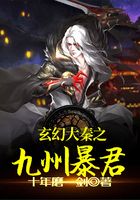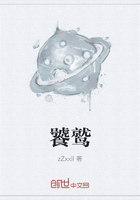Our soul acts internally; internal acts are thought, volition, inclinations, acquiescence in certain truths.All these acts are above all coercion, and are within the ecclesiastical minister's sphere only in so far as he must instruct and never command.
This soul acts also externally.External actions are under the civil law.Here coercion may have a place; temporal or corporal pains maintain the law by punishing those who infringe it.
Obedience to ecclesiastical order must consequently always be free and voluntary: no other should be possible.Submission, on the other hand, to civil order may be coerced and compulsory.
For the same reason, ecclesiastical punishments, always spiritual, do not reach here below any but those who are convinced inwardly of their fault.Civil pains, on the contrary, accompanied by a physical ill, have their physical effects, whether or no the guilty recognize their justice.
From this it results obviously that the authority of the clergy is and can be spiritual only; that it should not have any temporal power; that no coercive force is proper to its ministry, which would be destroyed by it.
It follows from this further that the sovereign, careful not to suffer any partition of his authority, must permit no enterprise which puts the members of society in external and civil dependence on an ecclesiastical body.
Such are the incontestable principles of real canon law, of which the rules and decisions should be judged at all times by the eternal and immutable truths which are founded on natural law and the necessary order of society.Philosophical Dictionary: Emblem EMBLEM IN antiquity everything is symbol or emblem.In Chaldea it starts by putting a ram, two kids, a bull in the sky, to mark the productions of the earth in the spring.Fire is the symbol of the Deity in Persia; the celestial dog warns the Egyptians of the Nile floods; the serpent which hides its tail in its head, becomes the image of eternity.The whole of nature is represented and disguised.
In India again you find many of those old statues, uncouth and frightful, of which we have already spoken, representing virtue provided with ten great arms with which to combat vice, and which our poor missionaries have taken for the picture of the devil.
Put all these symbols of antiquity before the eyes of a man of the soundest sense, who has never heard speak of them, he will not understand anything:
it is a language to be learned.
The old theological poets were in the necessity of giving God eyes, hands, feet; of announcing Him in the form of a man.St.Clement of Alexandria records some verses of Xenophanes the Colophonian (Stromates liv.v.), from which one sees that it is not merely from to-day that men have made God in their own image.Orpheus of Thrace, the first theologian of the Greeks, long before Homer, expresses himself similarly, according to the same Clement of Alexandria.
Everything being symbol and emblem, the philosophers, and especially those who had travelled in India, employed this method; their precepts were emblems and enigmas.
Do not stir the fire with a sword , that is, do not irritate angry men.
Do not hide the light under the bushel.-Do not hide the truth from men.
Abstain from beans.-Flee frequently public assemblies in which one gave one's suffrage with black or white beans.
Do not have swallows in your house.-That it may not be filled with chatterers.
In the tempest worship the echo.-In times of public trouble retire to the country.
Do not write on the snow.-Do not teach feeble and sluggish minds.
Do not eat either your heart or your brain.-Do not give yourself up to either grief or to too difficult enterprises, etc.
Such are the maxims of Pythagoras, the sense of which is not hard to understand.
The most beautiful of all the emblems is that of God, whom Timaeus of Locres represents by this idea: A circle the centre of which is everywhere and the circumference nowhere.Plato adopted this emblem; Pascal had inserted it among the material which he intended using, and which has been called his "Thoughts."In metaphysics, in moral philosophy, the ancients have said everything.
We coincide with them, or we repeat them.All modern books of this kind are only repetitions.
It is above all among the Indians, the Egyptians, the Syrians, that these emblems, which to us appear most strange, were consecrated.It is there that the two organs of generation, the two symbols of life, were carried in procession with the greatest respect.We laugh at it, we dare treat these peoples as barbarous idiots, because they innocently thanked God for having given them existence.What would they have said if they had seen us enter our temples with the instrument of destruction at our side?
At Thebes the sins of the people were represented by a goat.On the coast of Phoenicia a naked woman, with a fish's tail, was the emblem of nature.
One must not be astonished, therefore, if this use of symbols reached the Hebrews when they had formed a body of people near the Syrian desert.
One of the most beautiful emblems of the Judaic books is this passage of Ecclesiastes: "...when the grinders cease because they are few, and those that look out of the windows be darkened, when the almond-tree shall flourish and the grasshopper shall be a burden: or ever the silver cord be loosed, or the golden bowl be broken, or the pitcher be broken at the fountain...."That signifies that the old men lose their teeth, that their sight is dim, that their hair whitens like the flower of the almond-tree, that their feet swell like the grasshopper, that they are no more fit for engendering children, and that then they must prepare for the great journey.
The " Song of Songs " is (as one knows) a continual emblem of the marriage of Jesus Christ with the Church.It is an emblem from beginning to end.















